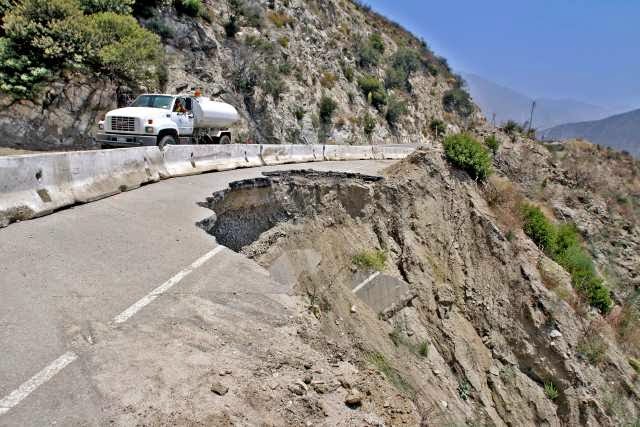5th Lab Session Week
Concept: What causes Earth's surface to change?
Investigation: How does water change Earth’s surface?
Reading Before Class: FOSS Science Resources
pgs 232-252 & 256-257. Wonders CA Content Reader pgs 84-89.
NO Homework
Vocablulary
Weathering
Erosion
Deposition
Canyon
Delta
Delta
Cornell Note Questions:
•What is weathering?
•What can cause weathering?
•What is erosion?
•What is deposition?
•What landform is created by a river at the end of a river?
•What can cause weathering?
•What is erosion?
•What is deposition?
•What landform is created by a river at the end of a river?
BrianPop.com video of the week: Weathering and Erosion
 |
| What does water in a river do to rocks? |
 |
| How do rocks get so small? |
CA Science Standards
5a. Students know some changes in the earth are due to slow
processes, such as erosion, and some changes are due to rapid processes, such
as landslides, volcanic eruptions, and earthquakes.
5c. Students know moving water erodes landforms, reshaping
the land by taking it away from some places and depositing it as pebbles, sand,
silt, and mud in other places (weathering, transport, and deposition).
6c. Formulate and justify predictions based on cause-and-effect
relationships.
6d. Conduct multiple trials to test a prediction and draw conclusions
about the relationships between predictions and results.
6f. Follow a set of written instructions for a scientific
investigation.






























